One of my Black Copper Marans hens flew up onto the roof of the coop today, which NONE of my flock members are in the habit of doing- that was Brutus’ job. I viewed it as a sign from the Little Guy as I prepared to write about the final chapter of his life.
The leaves are changing here in New England, but the calendar on the final season of Brutus’ life remained unturned until this week. For those who may not have been following Brutus’ story, he was a 6 month old Mille Fleur Serama cockerel who died suddenly and unexpectedly on August 21st. His remains were submitted to the UCONN Veterinary Medical Diagnostic Laboratory for a necropsy, which is a post-mortem examination performed to determine the cause of death.
The preliminary necropsy report on August 23rd revealed that he died from a massive lung hemorrhage. Those results were shocking given that he was only 6 months old and in good health, exhibiting no sign of illness or injury until hours before his death. More tests were required to learn the cause of the hemorrhage. The following photo was taken the day before his passing.
At the time of the filing of the preliminary necropsy report, various tissues samples had not yet been analyzed and it has taken several months to determine the cause of death with specificity. The final necropsy report, issued yesterday, revealed that he died of septicemia, a bacterial blood infection. The poultry pathologist told me that there were lesions in his esophagus, which may have been caused by ingesting a foreign body (glass? a nail?) and it’s possible that was how the bacteria got into his bloodstream. She said this was just a theory as there was no foreign body found.
After receiving the report, I immediately consulted with Dr. Mike Petrik, DVM, MSc, The Chicken Vet for an interpretation of the report. I needed to know whether these findings have any implications for the rest of my flock. Dr. Petrik indicated that Brutus died from Pasterellosis, or fowl cholera, which is a highly contagious bacterial disease that can be spread by dogs, cats, beetles, rodents and other birds. He suggested that I obtain an “antibiotic sensitivity test” to find out which antibiotic this particular strain of Pasturella is vulnerable to.
I contacted the lab today to perform the sensitivity tests, which should be ready by Tuesday of next week. At that time, the entire flock will be treated with antibiotics for two weeks. The antibiotics will not eradicate the bacteria from the flock completely, but it will reduce the numbers and make it harder for it to return with a deadly vengeance.
According to Dr. Petrik, it is possible to vaccinate against fowl cholera, but the odds of a commercial vaccine matching up with the specific bacteria in my flock is slim. Much of the literature I have read recommends culling the entire flock. Culling is not an option for me in these circumstance any more than it was with my scissor-beaked hen, my pullet with prolapsed vent or chicks with spraddle leg. Most of the literature is geared toward recommendations for commercial poultry operations where the emphasis on egg production and risk management is entirely different from backyard flocks.
Brutus’ passing is sobering reminder of the importance of obtaining a necropsy when a bird dies from unknown causes. There is always the possibility that there are implications for the remaining flock members and the only way to protect them is to be armed with information obtained through a necropsy. I will treat my flock with the appropriate antibiotics for the proscribed course and continue caring for them in the same manner I always have. There is no way to insulate birds from every possible bacteria, virus, protozoa, germ, bug or cootie. The best any of us can do is to feed our flocks properly, ensure access to clean water and a clean living space, care for them when they’re ill to the best of our ability and not worry about the things that cannot be controlled.
Kathy Shea Mormino
Affectionately known internationally as The Chicken Chick®, Kathy Shea Mormino shares a fun-loving, informative style to raising backyard chickens. …Read on


shop my SPONSORS
One of my Black Copper Marans hens flew up onto the roof of the coop today, which NONE of my flock members are in the habit of doing- that was Brutus’ job. I viewed it as a sign from the Little Guy as I prepared to write about the final chapter of his life.
The leaves are changing here in New England, but the calendar on the final season of Brutus’ life remained unturned until this week. For those who may not have been following Brutus’ story, he was a 6 month old Mille Fleur Serama cockerel who died suddenly and unexpectedly on August 21st. His remains were submitted to the UCONN Veterinary Medical Diagnostic Laboratory for a necropsy, which is a post-mortem examination performed to determine the cause of death.
The preliminary necropsy report on August 23rd revealed that he died from a massive lung hemorrhage. Those results were shocking given that he was only 6 months old and in good health, exhibiting no sign of illness or injury until hours before his death. More tests were required to learn the cause of the hemorrhage. The following photo was taken the day before his passing.
At the time of the filing of the preliminary necropsy report, various tissues samples had not yet been analyzed and it has taken several months to determine the cause of death with specificity. The final necropsy report, issued yesterday, revealed that he died of septicemia, a bacterial blood infection. The poultry pathologist told me that there were lesions in his esophagus, which may have been caused by ingesting a foreign body (glass? a nail?) and it’s possible that was how the bacteria got into his bloodstream. She said this was just a theory as there was no foreign body found.
After receiving the report, I immediately consulted with Dr. Mike Petrik, DVM, MSc, The Chicken Vet for an interpretation of the report. I needed to know whether these findings have any implications for the rest of my flock. Dr. Petrik indicated that Brutus died from Pasterellosis, or fowl cholera, which is a highly contagious bacterial disease that can be spread by dogs, cats, beetles, rodents and other birds. He suggested that I obtain an “antibiotic sensitivity test” to find out which antibiotic this particular strain of Pasturella is vulnerable to.
I contacted the lab today to perform the sensitivity tests, which should be ready by Tuesday of next week. At that time, the entire flock will be treated with antibiotics for two weeks. The antibiotics will not eradicate the bacteria from the flock completely, but it will reduce the numbers and make it harder for it to return with a deadly vengeance.
According to Dr. Petrik, it is possible to vaccinate against fowl cholera, but the odds of a commercial vaccine matching up with the specific bacteria in my flock is slim. Much of the literature I have read recommends culling the entire flock. Culling is not an option for me in these circumstance any more than it was with my scissor-beaked hen, my pullet with prolapsed vent or chicks with spraddle leg. Most of the literature is geared toward recommendations for commercial poultry operations where the emphasis on egg production and risk management is entirely different from backyard flocks.
Brutus’ passing is sobering reminder of the importance of obtaining a necropsy when a bird dies from unknown causes. There is always the possibility that there are implications for the remaining flock members and the only way to protect them is to be armed with information obtained through a necropsy. I will treat my flock with the appropriate antibiotics for the proscribed course and continue caring for them in the same manner I always have. There is no way to insulate birds from every possible bacteria, virus, protozoa, germ, bug or cootie. The best any of us can do is to feed our flocks properly, ensure access to clean water and a clean living space, care for them when they’re ill to the best of our ability and not worry about the things that cannot be controlled.



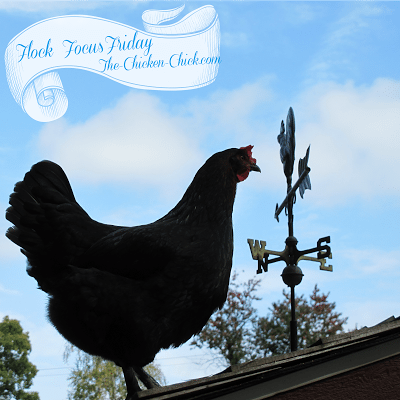

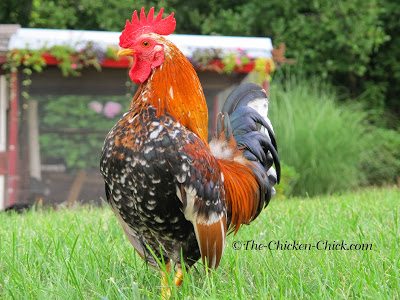
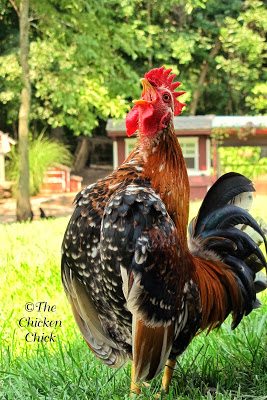
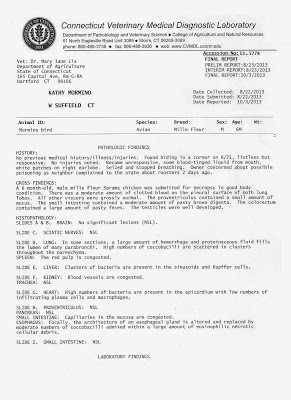
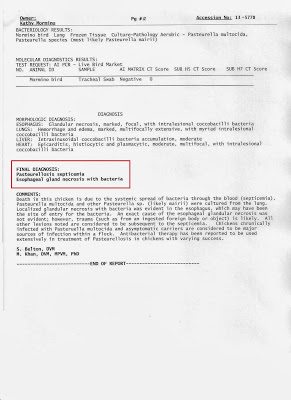
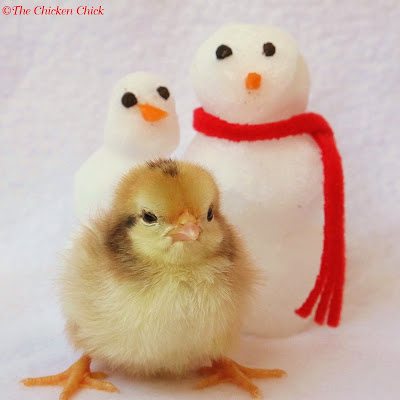
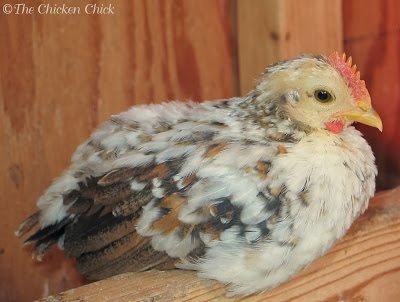
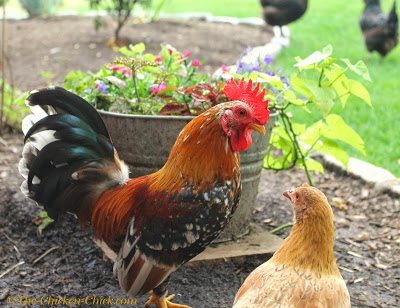

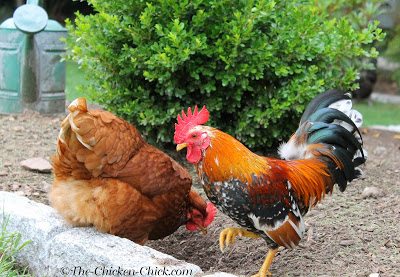
























I can't wait to put up pictures of my chickens. water prize for me.
My heart is so sad for you and the flock. I am thankful you were able to find out why in order to protect the rest of his family and thank you so much for keep all of us updated!
Kathy,
So sorry about your Brutus..thank you so much for your blog and all the info it provides..I just lost my hen, Pearl to bumblefoot but at least I knew a lot about the condition from your blog.I try and keep everything as clean as I can but like you said, sometimes things happen in spite of our efforts.
I would love to win the BriteTap CHICKEN Waterer.
If you had told me 3 months ago that I would be subscribing to a chicken blog and feeling for the loss of a chicken or roo, I'd have told you that you were crazy! Well that's what these little darlings do to you! I have only had my 6 'babies' for 7 weeks and can't imagine what it would be like without them. So sorry for the loss of your little man. I'd be lost with out our 'George'.
I find your love for your flock wonderfully warming. Your desire to educate us 'newbies' is so greatly appreciated!